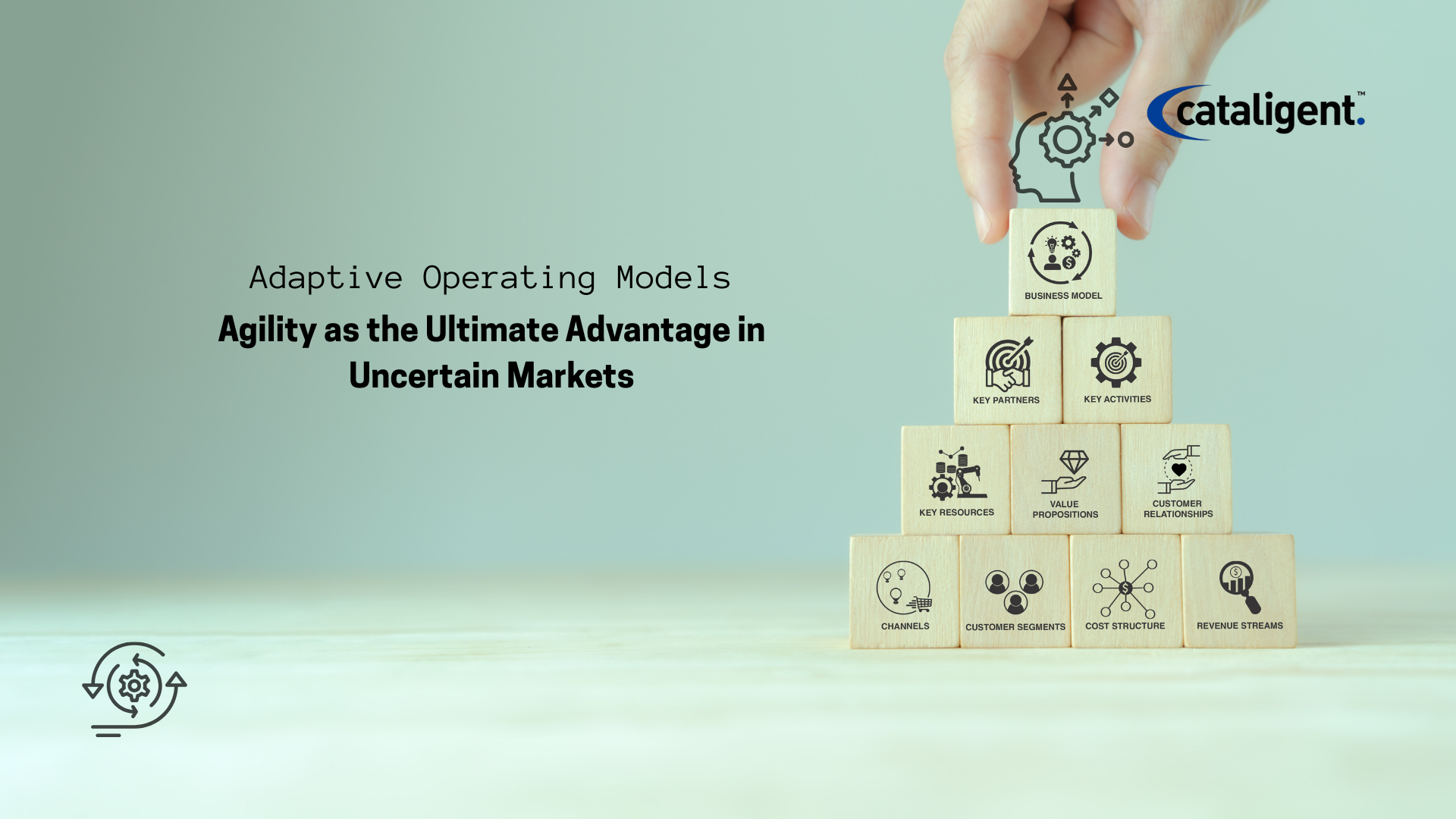Business landscapes no longer reward static structures. Market volatility, technological disruption, shifting regulations, and evolving customer expectations are forcing organizations to rethink how they operate. Companies that cling to rigid models struggle to adapt, while those that embrace adaptability find themselves positioned for growth even in uncertain conditions. This is why building adaptive operating models is not just a trend—it is a business necessity.
What Are Adaptive Operating Models?
An adaptive operating model is the structural and strategic blueprint that enables a business to rapidly reconfigure itself in response to change while staying aligned with long-term goals. Unlike traditional models, which emphasize stability and predictability, adaptive models focus on flexibility, resilience, and agility.
Key attributes include:
- Agility in Governance: Decision-making structures that allow quick pivots without bureaucratic delays.
- Cross-Functional Integration: Teams that collaborate beyond silos to address opportunities and challenges holistically.
- Technology-Enabled Transparency: Digital systems that provide real-time insights into performance and risk.
- Continuous Learning Loops: Mechanisms for feedback, improvement, and innovation at every level.
Why Adaptive Models Matter Today
Global uncertainty has become the norm rather than the exception. Adaptive models allow businesses to:
- Respond Faster to Disruption: Whether due to supply chain breakdowns, regulatory changes, or competitive moves, response time becomes a competitive advantage.
- Enhance Resilience: Adaptive structures absorb shocks without destabilizing core operations.
- Empower Employees: Teams closer to the ground are enabled to act without waiting for hierarchical approvals.
- Stay Customer-Centric: Flexibility ensures businesses can pivot quickly to meet emerging customer needs.
Without adaptive models, organizations risk inefficiency, missed opportunities, and erosion of market relevance.
How Adaptive Transformation Works
Transforming into an adaptive enterprise involves rethinking multiple layers of the organization:
- Strategy Alignment: Ensuring strategic goals are broad enough to allow flexibility but precise enough to provide direction.
- Structural Redesign: Moving away from rigid hierarchies toward networked, empowered teams.
- Technology Integration: Using platforms that provide transparency, automation, and real-time decision support.
- Governance Evolution: Creating frameworks that balance accountability with speed.
- Cultural Shift: Building a mindset of experimentation, learning, and resilience across the workforce.
How Cataligent Helps Build Adaptive Operating Models
Cataligent’s expertise and CAT4 platform provide organizations with the tools and frameworks to redesign their operating models for agility and resilience.
- Scenario-Based Planning: Enables organizations to prepare for multiple future possibilities, reducing risk of disruption.
- Real-Time Data Utilization: CAT4’s dashboards provide leaders with actionable insights to make quick, informed decisions.
- Governance Transformation: Cataligent helps businesses implement agile governance that drives both accountability and responsiveness.
- Execution Discipline: Ensures that even while adapting, initiatives are tracked and aligned with business outcomes.
- Scalability: Solutions that can be deployed across units, regions, or enterprise-wide initiatives.
Practical Applications
- Supply Chain Resilience: Adaptive models make it easier to reroute logistics, shift suppliers, and manage disruptions without halting operations.
- Digital Transformation: Ensures new technologies are integrated seamlessly, with the flexibility to scale or pivot based on adoption and results.
- Workforce Agility: Supports hybrid working models, decentralized teams, and employee empowerment.
- Customer-Centric Innovations: Enables organizations to adjust product and service offerings quickly in response to market demand.
The Benefits of Adaptive Operating Models
Enterprises that adopt adaptive models experience:
- Resilient Growth: Consistent performance even during crises.
- Operational Agility: Resources redirected quickly toward high-priority initiatives.
- Faster Time-to-Market: Ability to innovate and deliver solutions rapidly.
- Employee Engagement: Empowered teams that drive ownership and creativity.
- Long-Term Sustainability: A culture and framework that evolve continuously with the business environment.
The Future with Adaptive Transformation
Adaptive operating models are no longer optional; they are the foundation of sustainable success in uncertain markets. By embedding flexibility, resilience, and speed into operations, businesses can stay relevant, competitive, and future-ready.
With Cataligent’s advisory services and CAT4 platform, enterprises can transform not just their structures but their capabilities, ensuring they thrive regardless of what the future brings.

